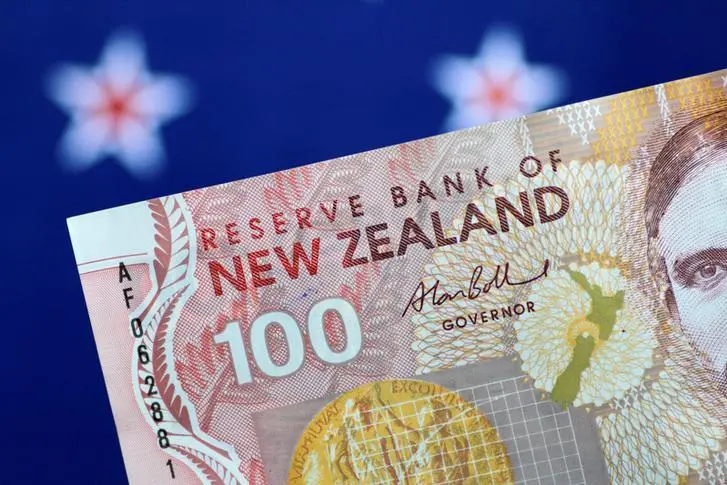PHOTO
The New Zealand dollar slipped on Wednesday after partial price data showed that inflation could be easing more than expected in the final quarter, suggesting the central bank may not have to follow up on its threat to hike anymore, sending futures higher.
Traders are also awaiting the outcomes from a Federal Reserve policy meeting later in the day after a key U.S. inflation report failed to move the dial much for easing expectations next year.
The kiwi fell 0.4% to $0.6107, nearing a two-week low. It managed a small gain of 0.2% overnight in a choppy response to U.S data showing that core consumer prices lifted 4% from a year ago, in line with expectations.
Data showed on Wednesday that New Zealand food prices, which make up nearly 19% of the consumer price index, fell 0.2% in November from October, extending the recent downward trend. Falling prices for international travel and lower oil prices were also encouraging.
As a result, Westpac revised its inflation forecast for the last quarter of the year to 0.3% from 0.6% previously. That compared with a forecast of 0.8% from the Reserve Bank of New Zealand.
ANZ also said the data confirmed downside risks to their forecast of 0.6% in fourth-quarter inflation.
"For the RBNZ, disinflation from any source will be welcomed," said analysts at ANZ in a note to clients.
"All else equal, faster falls in headline inflation should buy the RBNZ time, and keep them on the sidelines come February, but it is unlikely to materially change the medium-term monetary policy outlook just yet."
Two-year swap rates fell 13 basis points to 5.045%, bank bill futures for June rose 4 ticks to 94.54 and swaps priced out any chance of a further rise in the benchmark policy rate.
The Australian dollar was flat at $0.6561, having traded in a range of $0.6540 and $0.6612 overnight.
The Australian government on Wednesday said that it is forecasting a budget deficit of just A$1.1 billion ($721.4 million) in the year to end June 2024. That followed the first surplus in 15 years in 2023/23.
The fiscal strength has seen the Australian government debt becoming almost as attractive as U.S. Treasuries, with the ten-year bonds yielding an interest rate of 4.275%, 8 basis points above the benchmark U.S. Treasury.
(Reporting by Stella Qiu Editing by Shri Navaratnam)























